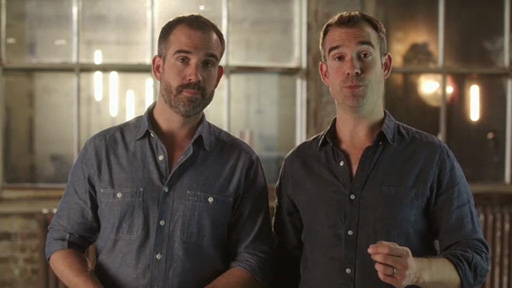4 Non-verbal communication in action
You may think that facial expressions – smiles, laughs, frowns – convey the way the speaker feels at that moment. You are indeed partly in control of feelings – or you can be, with practice. You may not be able to control your innermost emotions, but you are able to partly control the way you exhibit them; an important part of behaviour in working life.
Non-verbal communication includes several other features, such as gesture, proximity and eye contact. You will briefly examine each in turn in a moment.
Activity 4 Introducing non-verbal communication
Watch the TED talk ‘Your body language may shape who you are’ [Tip: hold Ctrl and click a link to open it in a new tab. (Hide tip)] , in which Amy Cuddy explores the importance of non-verbal communication. Watch from 1 minute up until 3 minutes 27 seconds. As you watch, look out for:
- Research examples that explain how long it takes for reasonably accurate first impressions to form?
- How does the speaker use her hands and gestures in her talk? How much does it help or hinder her communication?
Discussion
- Research suggests that it took between 1 second in one study (based on appearance) and 30 seconds in another (based on interactions with the sound turned down) for people to make rapid judgements or impressions that were fairly reliable.
- She uses her hands to accentuate the rhythm of her speech and give extra emphasis to some words with more vigorous movements. There were also moments when she pointed inwardly to herself, indicating ‘me/I’ or reached outwardly to ‘you’, the audience. These inward/outward gestures enhanced her communication and are worth thinking about for your own use with groups.
In fact, evidence suggests that you can’t entirely hide your innermost emotions: our faces leak information (Yan et al., 2013). The following video clip explains how numerous micro-expressions can involuntarily flicker across your face in 1/25th of a second.

Transcript
[LAUGHTER]
